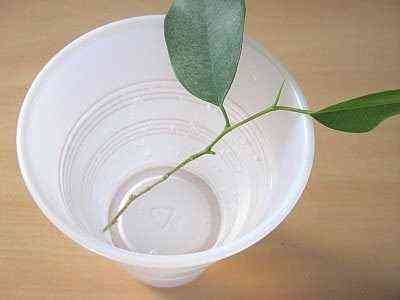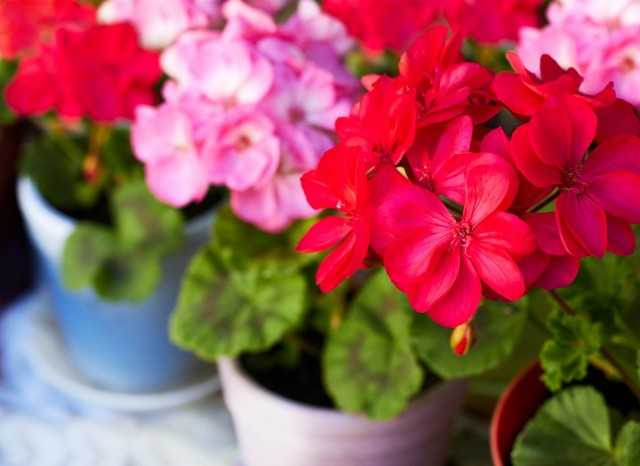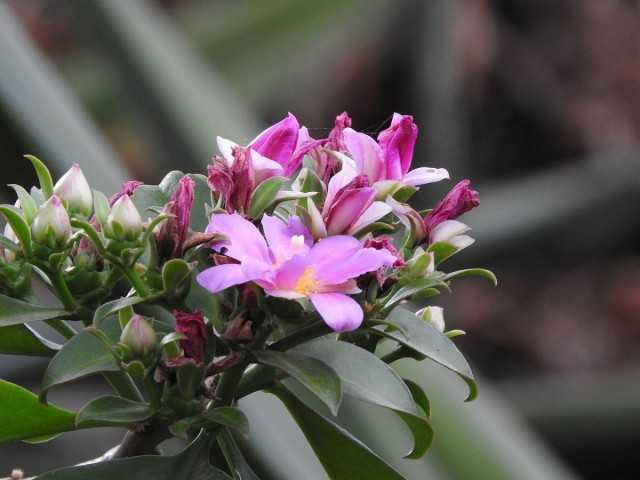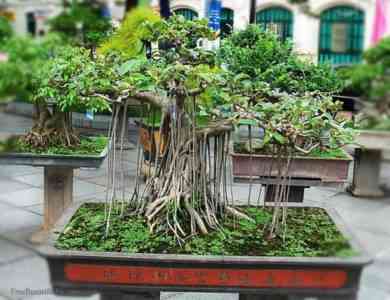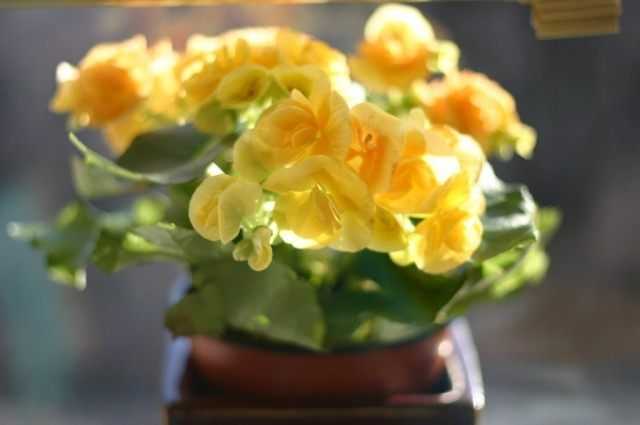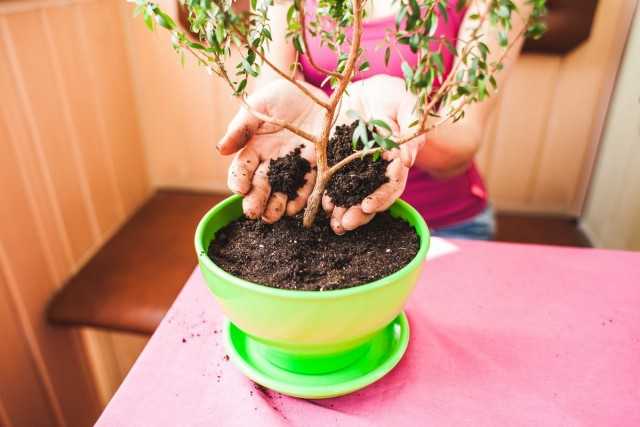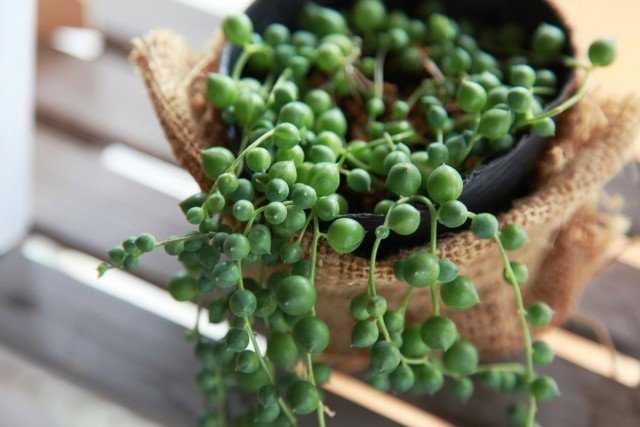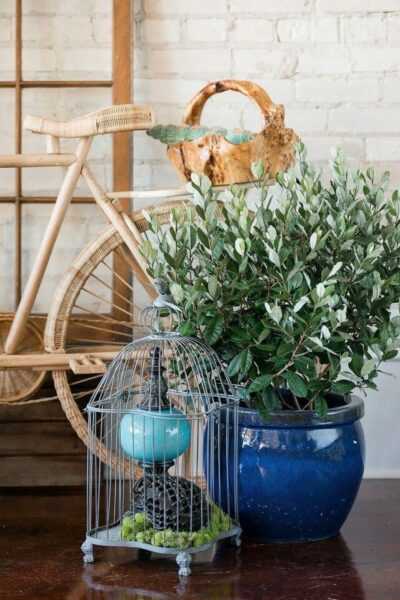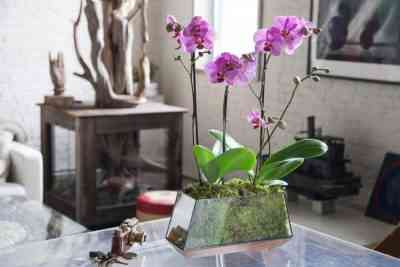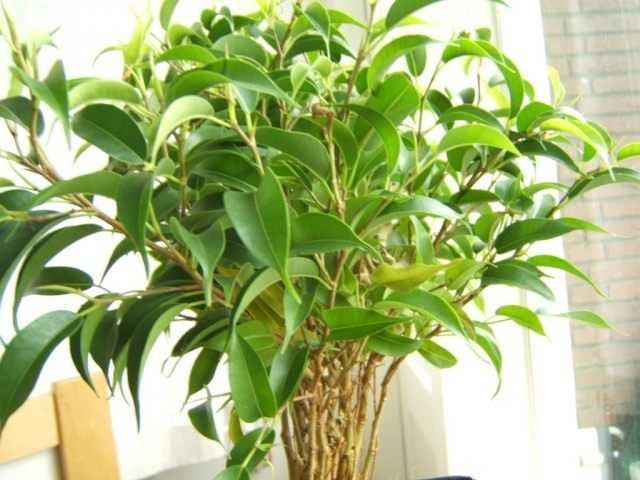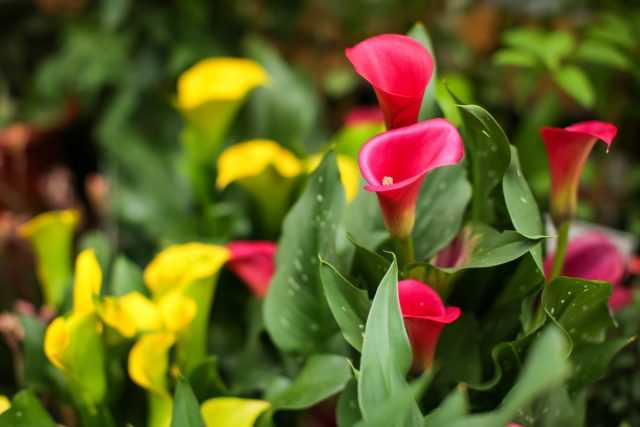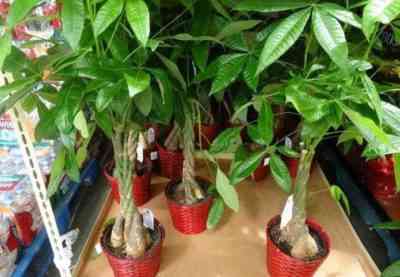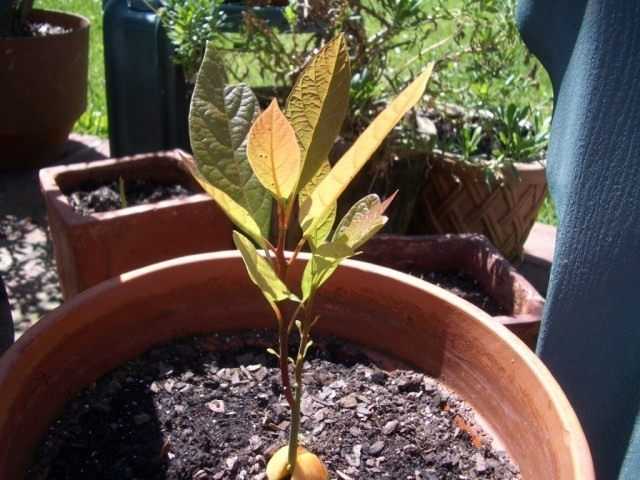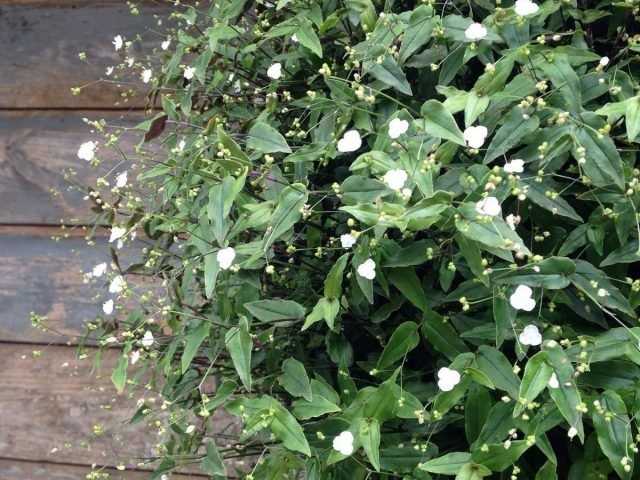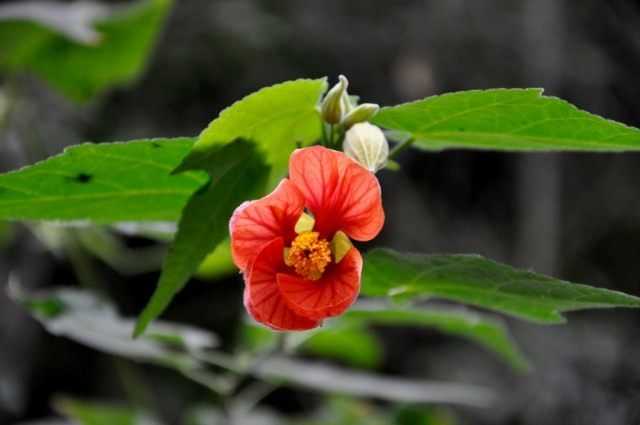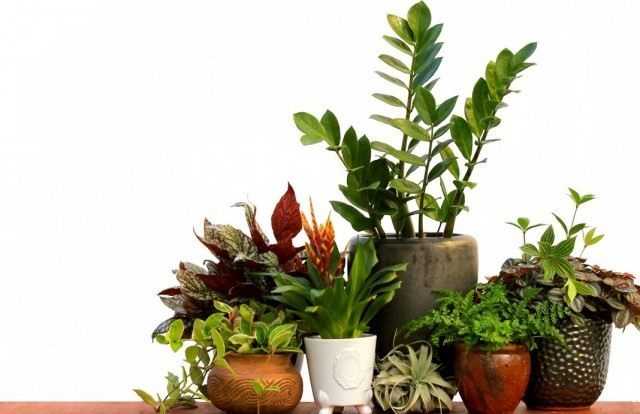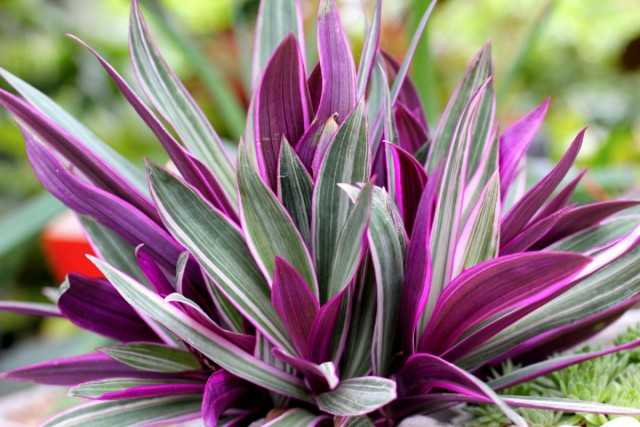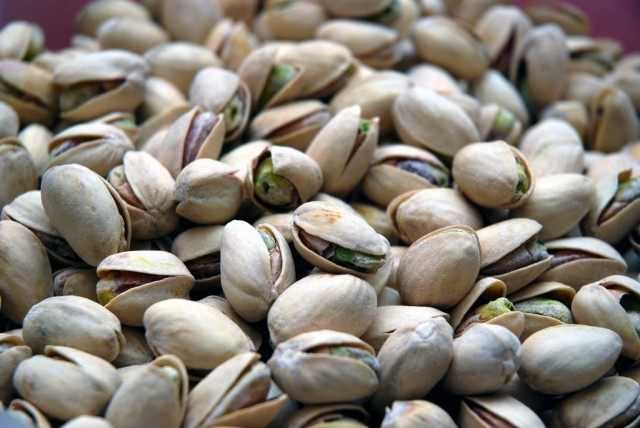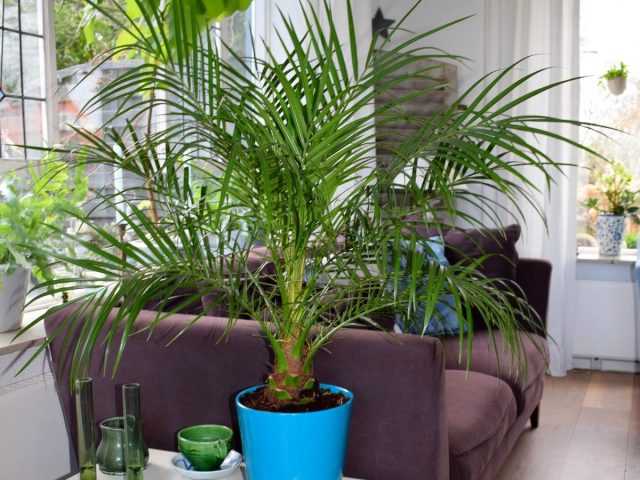Many people don’t know that the orchid flower is an epiphytic plant. In nature, it grows on trees in moist forests. But some species settle on mountain cliffs or on land. Florists attribute them to capricious cultures. Representatives of the orchid family are successfully grown at home, but the conditions should be close to natural.
- How it grows in the wild
- Interesting facts
- Growing at home
- Choosing a flower
- Quarantine
- Optimum conditions
- Illumination <
- Temperature
- Humidity
- Care
- Watering <
- Feeding
- Stimulation of flowering
- Transplant
- Rule <
- Pruning
- Reproduction <
- Pests and diseases
- Mistakes in care
- Decorative color assignment
- Zack switching
How it grows in the wild
A miracle plant grows in different regions . There are 35 thousand species, and hybrid varieties – about 45 thousand. Some species live up to 100 years.
An ideal environment for an orchid is a humid and warm climate, so it is more common in the jungle. Feels good in the shade, where direct sunlight does not fall. Some species grow only on one island, they are not found anywhere else. For example, Angrekum grows only in Madagascar.
According to the characteristic, the culture is perennial and belongs to grassy types. Most orchids feed on aerial roots with rotten plant debris that accumulates on the bark. The root system takes part in photosynthesis.
It differs in elegant buds of different sizes and colors. The largest orchid flowers have 90 cm long petals (Paphiopedilum sanderianum). There are varieties that reach 20 m in height. The smallest flower in the Platystele jungermannoides orchid is 1 mm in diameter.
The shape of the plants depends on the variety and method of pollination (by insects or hummingbirds). Two types of branches are distinguished by the type of branching:
- monopodial – the apical growth point is active throughout the life of the shoot;
- sympodial – the shoot grows to a certain length, then dies or forms an inflorescence.
The structure of culture has features that help it to adapt to different growing conditions. Thickened leaves and shoots serve as a kind of reservoir of water.
Interesting facts
The origin of the name of orchids is connected with the philosopher Theophrastus. As a result of scientific research, he came across an unfamiliar flower with roots in the form of a twin bulb and called “orchis”, which in Greek means “testicle.”
In Europe, culture appeared thanks to the English botanist, who was sent in 1731 from the Bahamas a dried flower.He planted it, suggesting that life was still preserved in the tubers. After some time, the culture came to life and blossomed.
When flowering, the smell of orchids is not always felt. Only some of its types produce a pleasant, rich aroma. But there are also varieties whose flowers smell like mold, rotted meat. They are not suitable for home conditions.
There are species that are valued not for the beauty of flowers, but for the decorative leaves. Botanists do not distinguish them in a separate group. Orchidists do this. The leaf plates of such plants are distinguished by brightly colored veins that look spectacularly under the light of a lamp.
Interesting facts:
- Flowers of the culture do not cause allergic reactions.
- Cut arrows stand in water longer than other flowers.
- The world’s largest collection of orchid family is collected in the Singapore Orchid National Park – 60 thousand species and 400 varieties.
- Vanilla is the thin long fruits of the Vanilla orchid Planiflora, which looks like a liana.
- The world’s most expensive flower is the Kinabalu Gold orchid, Otori blooms only after reaching 15 years of age. The cost of one escape is about 5 thousand dollars.
- In China, culture is used to expel evil spirits, in India – as a protection against the bites of poisonous snakes.
- There is a predatory representative of this family. She eats only insects.
Home growing
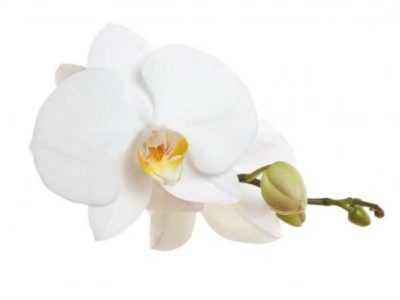
Features of the growth of the orchid
Since the orchid is recognized as the queen of flowers, many want to have it in their collection. For beginners, growers are most likely to use an easy-to-care ampelid phalaenopsis orchid or bush dendrobium.
Choose a flower
Before buying a plant, they must be examined. Signs of a healthy appearance:
- the petals are bright and elastic;
- the leaves are bright green, without spots, cobwebs, mold;
- the roots are green or light, silvery (depending on soil moisture), fleshy and resilient.
If you have to transport home in the cold season, wrap the plant in several layers of paper, in the frost additionally cover it with a plastic bag.
Now souvenirs from Thailand have become popular – sprouts of Thai orchids, as well as everything necessary for their life, are placed in a glass bottle. Upon returning to their native country, tourists wait until the sprouts occupy the entire volume of the vessel. Then they smash it and plant the culture in a flower pot.
Quarantine
After purchase, the plant needs time to adapt. The first two weeks it should stand alone – separately from other indoor plants.At this time, reduce watering, do not feed, prevent direct sunlight. Then they gradually resume hydration of the substrate, accustom the flower to the sun.
Optimum conditions
The conditions for keeping the orchid affect its appearance and health.
Illumination
The place is allocated according to the variety of plants, which are shade-loving and photophilous.
When placed on the windowsill, it is better to choose an eastern or western window. On it, in the cold season, the lighting is good, and in the summer direct sunlight does not fall. This will prevent sunburn. When the plant blooms, sometimes it is cleaned deep into the room. But after the end of the flowering period, they return to their original place.
Houses install racks or shelves near the southwest or southeast window at a distance of no more than 1 m. If you put the pot on the south window, then it is shaded in the summer.
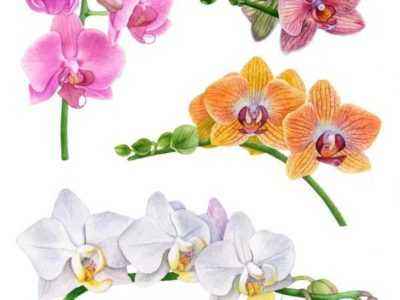
Any orchid needs light
When placing the plant on the northern window, it is illuminated in the autumn and winter using phytolamps. One of the basic requirements is a 12-hour light day. The distance between the lamp and the flower should be at least 20-30 cm.
The illumination is adjusted by inspecting the leaves. With a lack of light, they darken, with an excess – they turn yellow, covered with brown and dry spots.If there is a need to rearrange the flower pot, then the position to the light should be the same. It is undesirable to move the crop during the formation of the peduncle.
Temperature conditions
Growing an orchid at home, take into account all its preferences. These include optimal temperature. Cultivars are divided into the following groups:
- heat-loving;
- those who prefer medium temperatures;
- cold-loving.
Accordingly, plants need indicators from 12 to 25 ° C. In most cases, orchids bloom if the night and day temperatures differ by 3-5 ° C. You should also regularly air the room, but the flower should not fall under a draft. If it is frosty outside, the pot is removed from the window when it is opened.
Often decorative florarariums of a special design are created for cultivation, which have a ventilation and heating system. Thanks to them, they withstand one temperature during the day, and another at night. Florarium is also created in a glass, in an aquarium.
Humidity
It is better to keep an orchid at 60-80%. If the air in the apartment is too dry, you should spray the orchid and wipe the leaves with a wet sponge. To increase humidity, it is worth keeping a flower pot near the aquarium. They also use a room fountain or humidifier.
Care
In order for the plant to enjoy a healthy appearance and good flowering, it is worth taking care of it properly.
Watering
The substrate is moistened when the pot becomes very light. The lack of moisture on the walls of the transparent pot, as well as the clarification of the roots, testifies to the need for water. Water the culture in several ways:
- by sprinkling: the plant is watered in the shower until the substrate gets wet;
- immersing the pot in a basin with water for 15-20 minutes;
- from a watering can: with this watering, they make sure that the substrate is moistened evenly.
Humidify the substrate in the morning or in the afternoon, so that the plant dries by evening. Watering is more frequent during active growth and in heat, and reduced during rest. After completing the procedure, excess moisture is allowed to expire. Water is removed from the growth point with a napkin. Violated irrigation regime threatens the development of various diseases.
Feeding
The content of the culture provides for the introduction of nutrients. They are used when shoots, peduncles, leaves are actively growing, but not during the dormant period. Thanks to fertilizers, orchids bloom and develop well.
They are fed with complex preparations marked “for orchids.” Funds are added to a pre-moistened substrate 2 times a month. Strictly monitor their dosage, since excess substances reduces the immunity of the culture.
Stimulation of flowering
If the orchid does not give flowers for a long time, it is worthwhile to stimulate this process. To this end, culture give way to a stressful situation.If you take it to a cooler place or reduce watering, the plant produces a new flower stalk.
Transplant
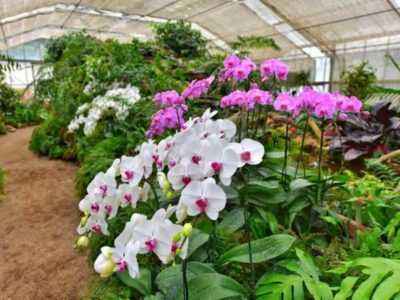
The plant is transplanted with crowding in the pot
Manipulation is performed every 2-3 years. An urgent transplant is needed for such indications:
- the root system has sprouted through holes, is heavily branched or decays;
- pests were found in the substrate or it decomposed.
You need to start the transplant with soil preparation. In the store you can buy a ready-made mixture, which includes sawdust bark, sphagnum moss, peat. But in such a soil there is a risk of stagnation of water. It is better to plant in a pine bark.
Take the transplant container a little larger. Large orchids are planted in pots, smaller – in blocks. Holes are drilled in the bottom of the vessel, and drainage is laid at 1/3 of the height.
Recently, the crown pot has gained popularity. Its advantages are the free access of oxygen to the roots and good ventilation. Minus through the cracks pours dust into the stand. It does not look aesthetically pleasing. Also, when watering, excess moisture is difficult to remove from the pan, since it is attached to sticks.
Rules
The transplant is done step by step:
- extract the flower from the pot;
- separate the roots from the substrate;
- dry and rotten areas are removed with scissors treated with alcohol;
- the places of the cuts are sprinkled with green charcoal, activated carbon;
- the plant is placed in a pot, slightly scroll;
- fall asleep with a substrate.
Contraindications to the procedure – a blooming orchid. Some species require a garter to hold the crop upright. For this purpose, take a bamboo stick. To ensure that the arrow does not break, they also use a special holder, which is sold in flower shops.
Pruning
The process features are pruning the arrow using a garden pruner. It is not produced immediately after the end of the flowering period. It is worth waiting until the peduncle dries. If it is still green, the culture may again please flowers. All actions are performed with extreme caution so as not to damage the leaves and shoots. The processes after removal should be 2.5-3 cm long. The wounds need to be processed. Inventory is also disinfected.
If you want to rejuvenate the orchid, then you should perform the following manipulations:
- remove excess leaves;
- clear the root system;
- update the substrate.
Reproduction
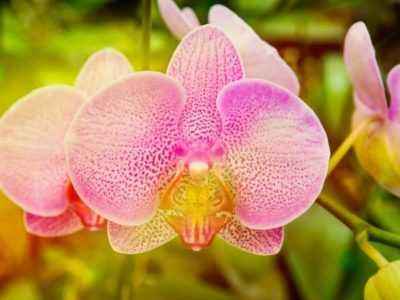
Reproduction by separation of the roots
Dilution is carried out in one of the following ways:
- by dividing large plants (each part should have 2-3 bulbs and healthy roots );
- lateral shoots (when the roots grow, cut the shoots);
- apical cuttings (cut off the top so that it has several lively juicy aerial roots);
- pseudobulbs;
- by children (when children have appeared on the orchid, several x leaves and roots, and then planted. To speed up the process, build a greenhouse);
- seeds (it is difficult to breed using this method at home).
Pests and diseases
Often the culture begins to hurt, and orchid bloom is at risk:
- fungal: brown, gray, root, fusarium rot, anthracnose, powdery mildew, mold;
- bacterial: bacterial spotting;
- viral: mosaic spotting (in rare cases).
The treatment of fungal diseases is carried out with one of these fungicides: Phyto sporin-M, Skor, Oksikhom, Radomil Gold, Topaz. If the orchid is flooded, the substrate is dried. Against bacterial – use bactericides or antibiotics, the affected areas are excised. Culture perishes from viral ailments; there is no way to save it.
Various insects can also harm:
- aphids;
- whiteflies;
- scutellum;
- mealybug and others.
If pests are detected, insecticides or such folk remedies are used against them: 150 g of ground soap, 5 g of copper sulfate, 1 l of water.
Mistakes in care
Most of the problems are due to care:
- Improper watering – if the flower is poured, the root system becomes soft, darkens and begins to rot, swelling forms, on brown speckles appear in the flowers. If you do not take action, the culture dies. When there is a lack of water, the leaves wrinkle, fade, and dry over time.
- Improper illumination – with a lack of light, the leaves can not reach a large size, buds do not form. Burns occur from direct sunlight. They also occur if the distance between the phytolamp and the flower is not observed.
- Incorrect temperature conditions – if you place the orchid on an unheated balcony in frost, it will be cold. Then dark spots appear on the leaves, their edges crack.
- Wrong dosage of fertilizers – from an excess of feeding substances, the roots cease to grow, the leaves become sluggish, no flower stalks are formed. When the color of the leaves brightens, the plant does not have enough nitrogen.
- Non-optimal humidity – at low levels, the leaves lose turgor, droop, buds, flowers dry out.
These problems can be prevented if you keep the culture in an environment with the appropriate microclimate.
Decorative purpose of flowers
In addition to indoor varieties of culture , there are also street ones. They rarely plant them. They are found even in Moscow parks, but these species look more modest than their tropical relatives. In most cases, these are orchids called “Slipper.”
To preserve the vivid beauty of flowers, it is necessary to dry the fallen or slightly wilted inflorescences. Artificial plants of different colors are used in interior decoration. The branches look especially beautiful in an outdoor vase. The beige color of the flowers is great for complementing the interior of rehabilitation centers, holiday homes, as this shade represents tranquility and tranquility.
The flowers of the culture are so sophisticated that even confectioners use their appearance to decorate cakes, cupcakes. To do this, there are special silicone liners, with the help of which they create artificial flower petals. Cosmetic fragrance is also made, which has an orchid aroma. The substance is used to make soap.
Conclusion
The orchid is also called the Queen of Flowers, its colorful petals will delight the eyes of the most fanciful aesthetes, decorate every botanical garden or house. According to the description, the culture is moody. But following the rules of care, it is not difficult to achieve the desired result.
